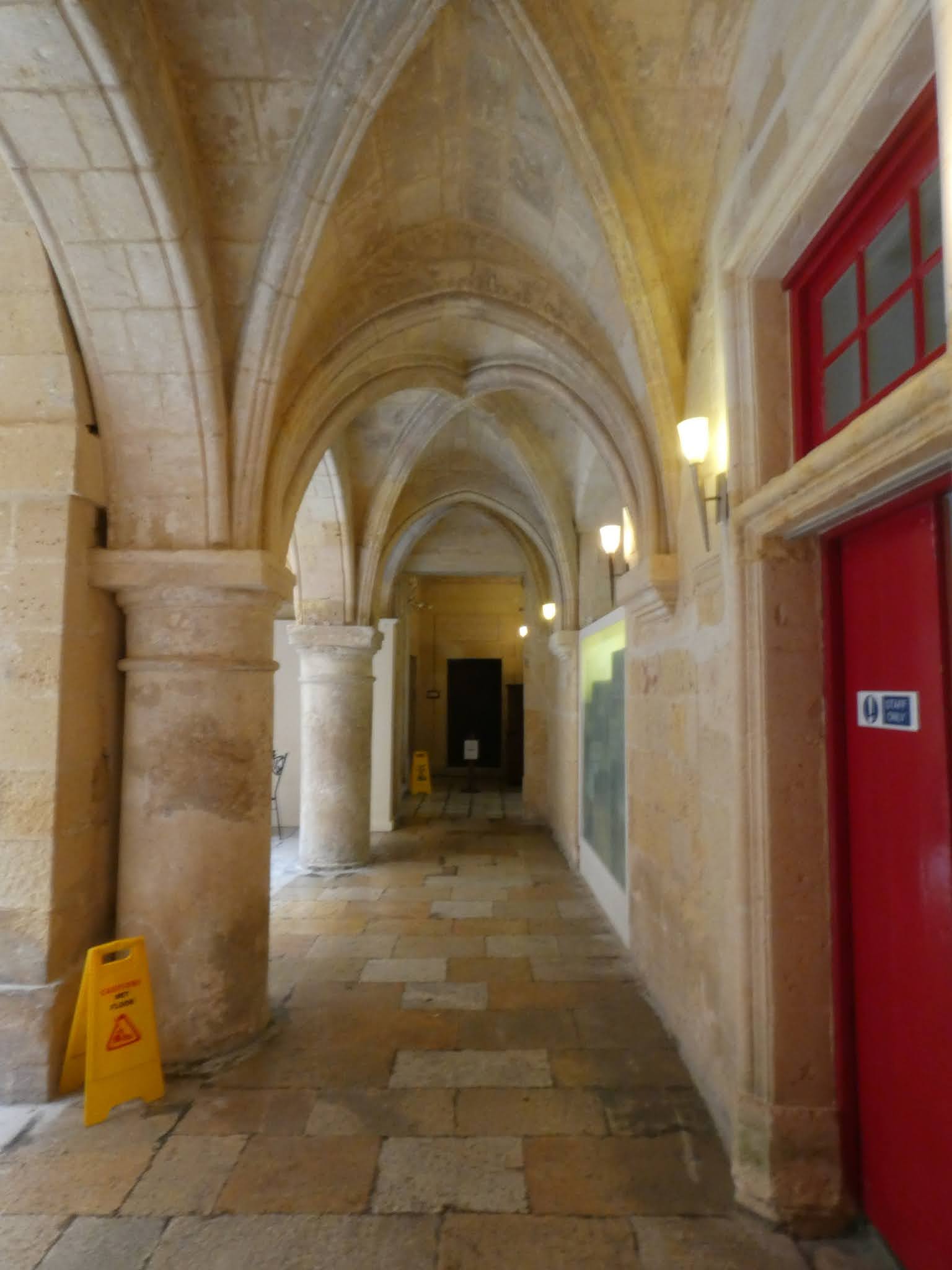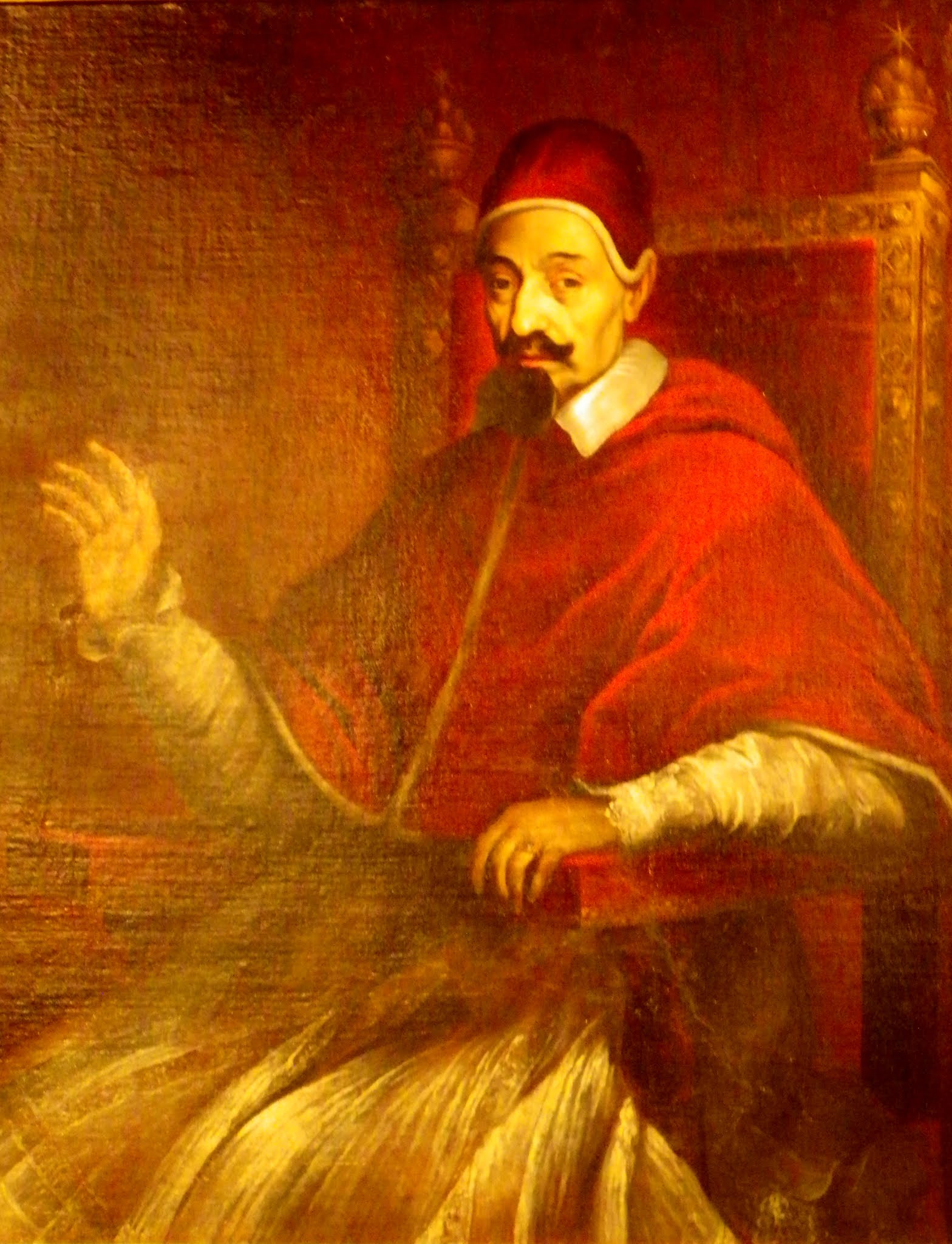We visited the Inquisitor's Palace in Birgu during the week between Christmas and the New Year, when all the days seem to merge into each other (I had to put that in there just in case you spy a random Christmas tree in the photos and wonder whether we're going back in time). It was probably not the most cheerful of places to visit but, keeping in mind that the inquisition was a product of its time, we had an enjoyable experience. The Inquisitor's Palace houses the Museum of Ethnography and it is the only building of its kind open to the public in Europe.
The Inquisitor's Palace - the architecture
Entrance to the Inquisitor's Palace is through the older part of the building that was built by the Knights of St John soon after their arrival in Malta in 1530. The kitchen is located in this part of the building, as is an internal courtyard surrounded by some very beautiful Gothic-style arches. After the acquisition of a number of adjacent properties, the building was enlarged. The current edifice looks very much like a Roman palazzo of the Baroque era.




A magnificent staircase was built to access the
piano nobile on the first floor. The
piano nobile was where the main living quarters of the inquisitor were located and is made up of several large rooms, the inquisitor's bedroom and his private chapel. Painted in pink, I found the inquisitor's private chapel to be quite intriguing. Pink almost feels like an anomaly in this place but it's possible that it may have been a popular colour with which to paint chapels and churches at the time. Indeed, a brief search on the Internet when I got home confirmed my suspicions. In the article
A Brief History of the Color Pink, author Alice Bucknell mentions that pink was the favoured colour of the Rococo movement and was a popular colour of the interior design world of the 1700s.
 |
| T |

The tribunal hall, prison warden's bedroom, prisons and torture chamber (alas, yes, such a room did exist) are located in another section of the building. The prison warden was responsible for the general well-being of the prisoners and had to ensure that they were given their meals and that they were taken out for exercise. One prison warden took his responsibilities so seriously that he carved a crude sun-dial on the wall of one of the courtyards to ensure that everything was done at the appropriate time - although I am sure that not all wardens were quite as conscientious about their duties.
The Inquisition in Malta
The first inquisitor, Pietro Dusina, arrived in Malta in 1574. Malta fell under the Roman Inquisition not the more notorious Spanish one. The Roman Inquisition is thought to have been more tolerant and lenient than its Spanish counterpart. Punishments were generally corporal, such as public lashings or pelting with rotten vegetables, and torture was rarely used. The inquisition was abolished by Napoleon in 1798 during the brief tenure of the French Republic in Malta. Thank goodness for Bonaparte.

I've just realised that it's almost Valentine's day and here I am, writing about the Inquisition. It's hardly a romantic subject but I hope you didn't find it too morbid. Despite their grisly history, I still find places like the Inquisitor's Palace very fascinating.
Open on Tuesdays, Saturdays and Sundays between 10:00hrs and 16:30hrs

















Hello Loree, Ann Radcliffe's 1797 Gothic novel The Italian deals in part with the Roman Inquisition, and has many scenes dealing with the physical layout and treatment of the prisoners, so your photos here are very informative. Even if not as bad as the Spanish, the Roman Inquisition was terrifying enough to be the theme of a horror novel!
ReplyDelete--JIm
Beautiful building.
ReplyDeletePondering what the places we visit are in their historical context is moment for pause and prayer. It doesn't take away from the beauty of the structures.
I SHOULD HAVE LIVED IN THE 17THCENTURY!
ReplyDeletePINK WALLS...........and MY CARRIAGE SITTING up the staircase!I ALMOST BOUGHT ONE OF THOSE AT THE AREZZO FLEA!It was a small fortune but what a SOUVENIR
SO MUCH INTERESTING HISTORY YOU HAVE ALL AROUND YOU!
I'm FADING AWAY HERE IN CALIFORNIA..................GOTTA GET OVER THIS TRAVEL HURDLE!
NUMBERS ARE GOING DOWN FINALLY HERE!
XX
@Jim: I agree that being on the wrong side of the Roman Inquisition would still have been terrifying. Sometimes we forget how lucky we are these days.
ReplyDelete@Salty Pumpkin: yes, these buildings have an innate architectural beauty but t hey were also places of fear.
@Elizabeth, it would have been the perfect century for you. I believe you are an 'old soul' captured in the body of a modern woman. I can't believe you almost bought one of those carriages! It would have caused a sensation when you moved back to California :) Hope we will all soon be able to travel again.